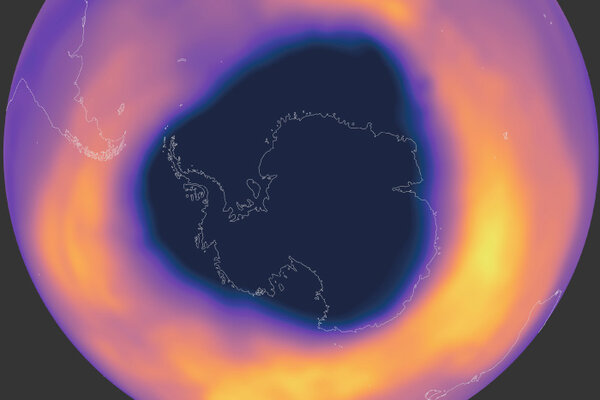While aerosol changes have varied across regions since 1980, these regional differences have influenced global tropical cyclone activity in distinct ways over recent decades.
A new study reveals significant acceleration in the upper-ocean circulation of the equatorial Pacific over the past 30 years, primarily driven by intensified atmospheric winds.
Recurring sea level patterns to show it’s possible to predict large-scale sea level patterns and even anticipate coastal variations up to 8 years in advance.
The Northern Hemisphere’s aerosols and land reflect more sunlight, balanced by the Southern Hemisphere’s low- and mid-level clouds. Both hemispheres are darkening, but it’s unclear if this change is happening equally.
The Center for Collaborative Heat Monitoring opened applications for communities across the U.S. to monitor and evaluate factors influencing local heat risk. The effort is funded through the Inflation Reduction Act.
NOAA is heading to the 29th annual summit of the countries who have signed on to U.N. Framework Convention on Climate Change.
October 2024 is likely to be one of the driest months ever recorded for the country. Will these dry conditions persist into November or will autumn precipitation make a return to portions of the country?
Released in 2023, the Fifth National Climate Assessment includes an Art × Climate gallery. This work by Christian Murillo was inspired by a love for the wild, glacier landscapes of the Pacific Northwest.

Watch the Antarctic ozone hole develop in 2024
October 30, 2024
